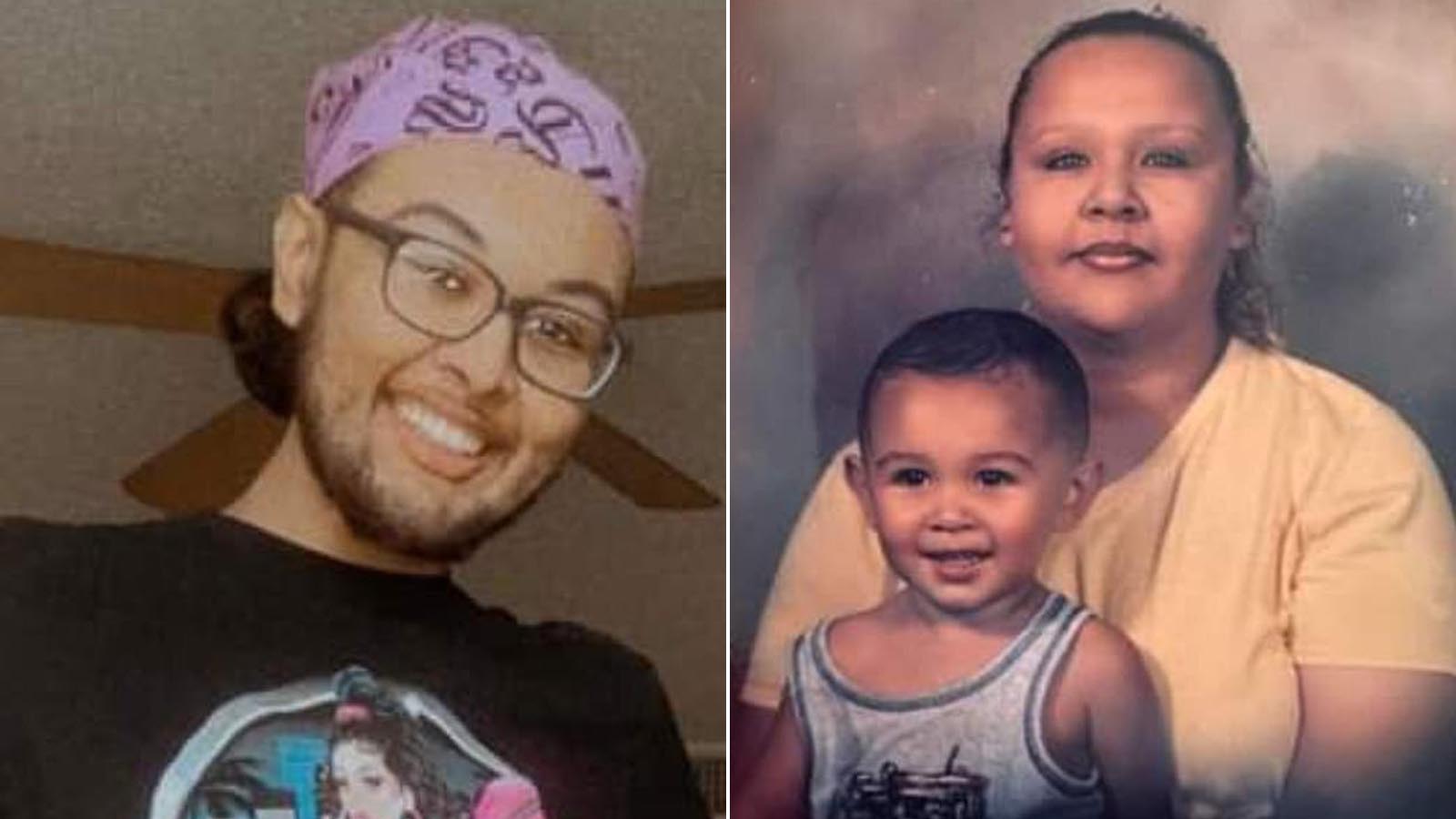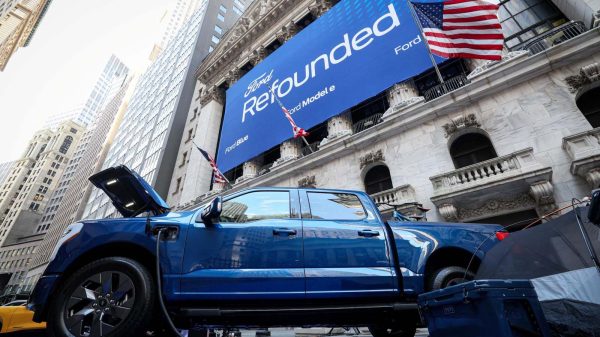Johnson & Johnson must pay nearly $19million to a California man who says the firm’s baby powder caused his rare and deadly cancer, a court has ruled.
Emory Hernandez Valadez, a 24-year-old from Oakland, claims heavy exposure to J&J’s talcum products from childhood caused his mesothelioma, a cancer around his heart that is caused by inhaling toxic asbestos.
On Tuesday, a jury ruled that Valadez was entitled to $18.8m in damages for his medical bills, pain and suffering, though Valadez is unlikely to live long enough to see any of that compensation.
Most mesothelioma patients don’t live more than four to 18 months and a bankruptcy filing by J&J has frozen most talc-related litigation and payouts, meaning it could be years before plaintiffs see payouts.
U.S. Chief Bankruptcy Judge Michael Kaplan let Valadez’s trial proceed due to his terminal illness.
Talc is a naturally occurring mineral that absorbs moisture and reduces friction, making it useful for keeping skin dry and helping prevent rashes. It is commonly used in consumer products such as baby powder and eye shadows.
The mineral is mined from the Earth and in its natural form can contain small amounts of asbestos, a carcinogen known to cause some cancers when repeatedly inhaled.
Once asbestos fibers enter the body, they can lodge in soft tissue permanently, causing severe cellular damage and inflammation over time.
J&J maintains that its talc products are not harmful and do not contain cancer-causing asbestos.
But Valadez is one of tens of thousands of patients suing J&J over claims its talc-based products caused their cancers.
J&J agreed in April to pay nearly $9 billion to settle roughly 40,000 lawsuits, thought to be the biggest in pharmaceutical company payout history.
While mesothelioma is already uncommon, affecting just 3,000 Americans each year, Valadez was diagnosed with an extremely rare form, making his case different from a majority against J&J.
It has been dubbed a silent killer because symptoms can take anywhere from 10 to 50 years to present and, due to its long latency period, it is often misdiagnosed until the disease’s later stages when it becomes incurable.
Just one in 10 patients survive longer than five years after the devastating diagnosis and most die within 18 months.
Valadez testified in June, telling jurors he would have avoided J&J’s talc products if he had been warned they contained asbestos.
Jurors heard from Valadez’s mother, Anna Camacho, who said she used large amounts of J&J’s baby powder on her son when he was a baby and throughout his childhood.
Valadez’s lawyers during closing arguments accused J&J of a ‘despicable’ decades-long coverup of asbestos contamination.
A lawyer for Valadez could not immediately be reached for comment.
His case is the first trial over talc products the New Brunswick, New Jersey-based company has faced in almost two years.
Erik Haas, J&J’s vice president of litigation, said in a statement the company would appeal the verdict, calling it ‘irreconcilable with the decades of independent scientific evaluations confirming [J&J’s] Baby Powder is safe, does not contain asbestos and does not cause cancer.’
In closing arguments, J&J’s lawyers said there was no evidence linking either Valadez’s kind of mesothelioma to asbestos or proving that Valadez was ever exposed to tainted talc.
The company announced last year it would transition to a cornstarch-based baby powder product, with talc-based baby powder to be discontinued globally this year.
While newer products on store shelves may be safe, the talc at issue in the mountain of lawsuits was sold and used over the past six decades.
In the 1950s, an Ohio lab tasked with testing Johnson & Johnson’s talcum powder described contaminants in the product from J&J’s Italian supplier as fibrous and found a crystalline needle-like compound called tremolite, a heat-resistant form of asbestos that can easily be inhaled or ingested.
In 1976, while the FDA was considering imposing limits on asbestos content in cosmetics, J&J insisted that no asbestos was detected in ‘any sample of talc produced between December 1972 and October 1973.’
But in reality, at least three tests by three different labs from 1972 to 1975 had found asbestos in its talc, including a ‘rather high’ amount in one sample.
In the years leading up to the 2000s, outside labs testing J&J’s powder had yielded similar results, according to a 2018 bombshell investigation into the company’s practices.















The talc in J&J has been proven to cause ovarian cancer in many women, yet I don’t believe any of these woman have been paid out. Funny how these multi million $ dollar Corp claim bankruptcy but yet are still in business harming ppl.